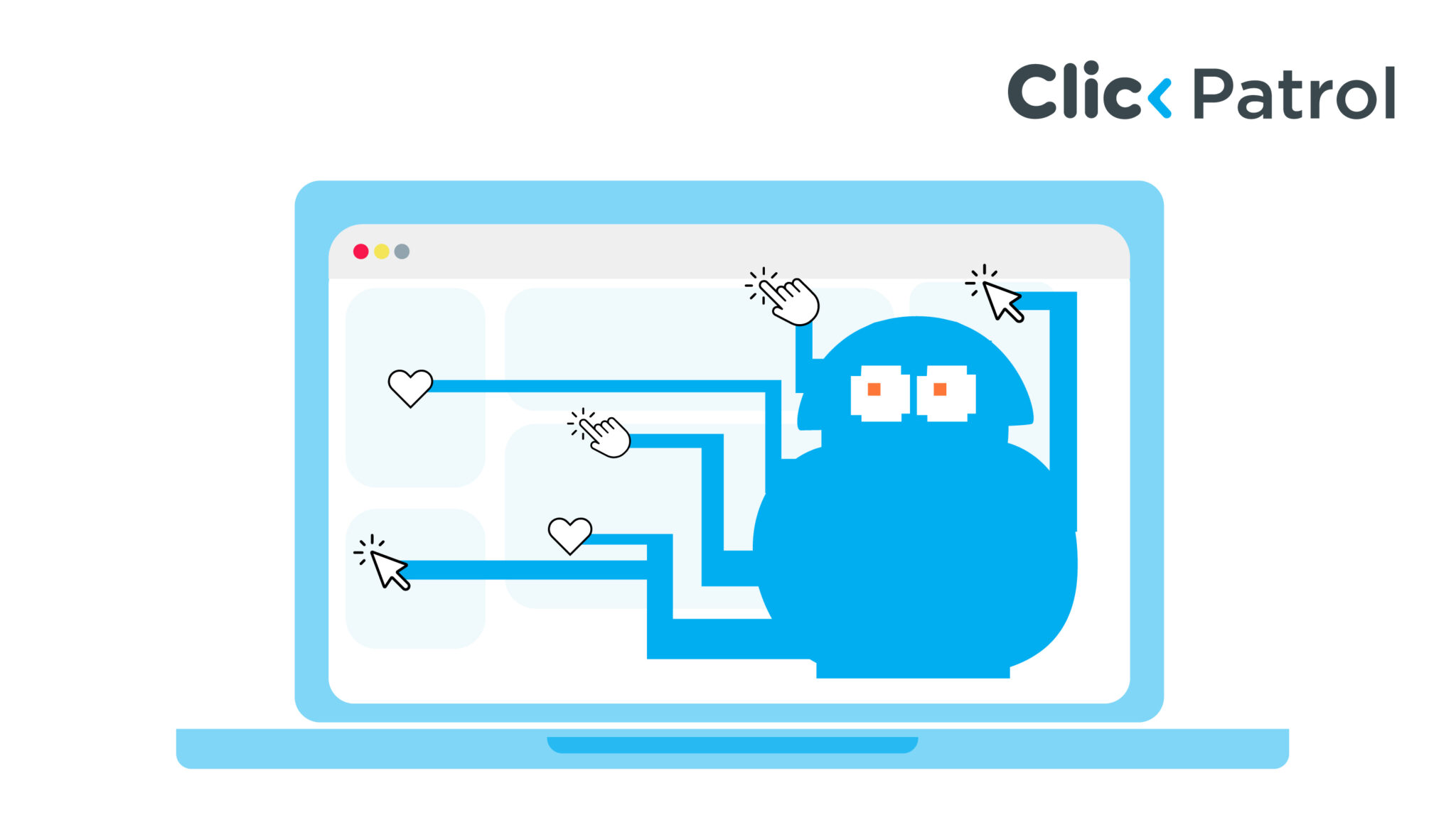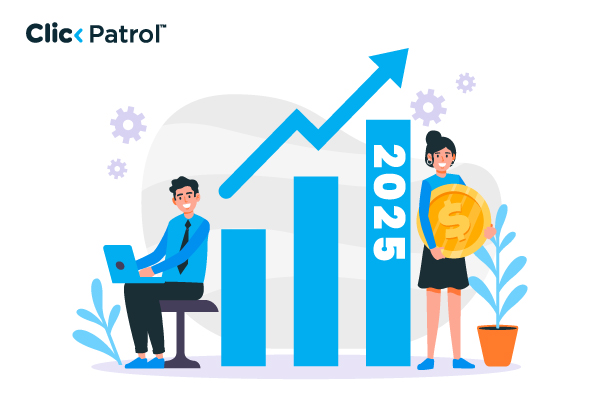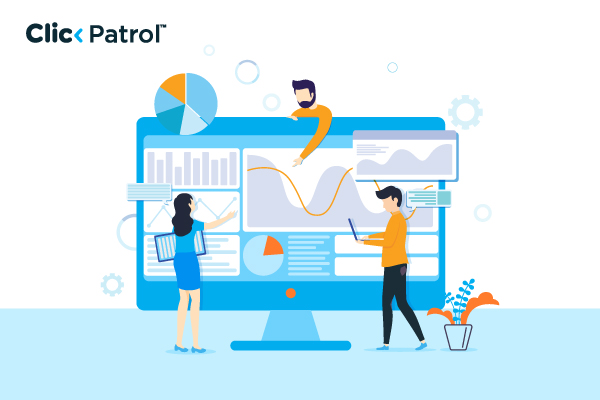
Bad bot scripts: How to identify and block malicious traffic to protect your website
Abisola Tanzako | May 14, 2025

Table of Contents
Websites are threatened by bad bot scripts, automated programs that attack systems to steal data and disrupt operations.
According to a 2023 Imperva report, bad bots have become a significant threat, accounting for 47.4% of total internet traffic, a higher percentage than the 42.3% recorded in previous years.
Best Proxy Review issued a projection in 2022 that identified bad bots as the reason behind $500 billion in annual costs paid by advertisers worldwide.
This guide covers how bad bot scripts operate, their impact on SEO and performance, and how to protect your site against them.
What are bad bot scripts, and how do they work?
Bad bot scripts operate as automated software that performs destructive website actions autonomously without human supervision.
They contrast with good bots, such as Googlebot and Bingbot, which serve search engine indexing needs by exploring websites. In contrast, bad bots follow destructive purposes instead.
When deployed to exploit vulnerabilities, these scripts originate from hackers, competitors, and fraudsters, resulting in data theft, service disruptions, and manipulated analytics.
Different forms of bad bot scripts exist, each with its target objectives:
- Scraper bots: These bots extract data, including content and pricing information, as well as proprietary materials, which competitors or content thieves can use.
- Spam bots: Spammers produce an overwhelming number of arbitrary website comments and messages, which degrade user experience while making websites unreliable.
- DDoS bots: The presence of significant artificial traffic flows in servers causes system performance to deteriorate to shutdowns.
- Click fraud bots: Click-based bots generate fake advertising activities, increasing advertising expenses while distorting reporting results.
- Credential stuffing bots: The system will check previously stolen username-password pairs for account access.
Best bot management tools to defend your website
They include:
1. Cloudflare bot management
- What it does: Detects and blocks malicious bots using machine learning and behavioral analysis.
- Best for: Sites of all sizes, offering free and paid options.
- Extra: You can add Cloudflare Turnstile (their CAPTCHA alternative) for extra protection without annoying users.
2. Akamai bot manager
- What it does: Identifies good vs. bad bots, blocks harmful ones, and gives deep insights into bot traffic.
- Best for: Enterprise-level websites that require robust, customizable protection.
- Extra: Works well against credential stuffing and scraping attacks.
3. PerimeterX Bot Defender (now part of HUMAN Security)
- What it does: Protects against account takeover, fake signups, card fraud, and content scraping.
- Best for: E-commerce, finance, and travel sites.
- Extra: Focuses heavily on preserving user experience while fighting bots.
4. DataDome
- What it does: Detects and stops bad bots in real-time without slowing down your website.
- Best for: Mobile apps, APIs, and websites that need instant protection.
- Extra: It features plugins for rapid integration with platforms such as AWS, Azure, and Shopify.
5. Radware bot manager
- What it does: Protects against sophisticated bot attacks like distributed scraping and automated fraud.
- Best suited for: Companies handling sensitive data or facing targeted attacks.
- Extra: Offers CAPTCHA challenges, device fingerprinting, and machine learning.
6. Imperva advanced bot protection
- What it does: Blocks bad bots, allows good bots (like Googlebot), and gives detailed traffic reports.
- Best for: Businesses already using Imperva’s Web Application Firewall (WAF).
- Extra: Strong reputation in the cybersecurity industry.
Statistics highlighting the threats of bad bot scripts
These statistics show that bot script threats persistently increase in severity:
- According to Imperva’s bad bot report, good and harmful bot activity in 2023 increased to 47.4%, while traffic in 2022 declined to 42.3%.
- According to Incapsula, bots comprised 61.5% of total online traffic during 2013, while malicious bots accounted for almost half of this total.
- By 2025, 30% of search results will comprise AI Overviews that bots can use to drive rankings.
- In 2014, 56% of internet traffic was bot traffic, driven by scrapers and spammers.
- Click fraud bots cost advertisers $500 billion globally in 2022.
Strategies to protect your website from bad bot scripts
Securing your site means staying ahead by combining openness to good bots with protection from bad ones. Below are some effective methods:
1. Optimize your Robots.txt file: Good bots comply with these instructions, while bad bots can ignore them. However, a well-written robots.txt will deter less informed bots, for example, by blocking access to sensitive areas, such as login pages.
Google’s SEO Starter Guide recommends proper configuration to prevent search engine spiders from being blocked.
2. Implement CAPTCHA challenges: CAPTCHAs separate humans from bots by requesting tasks like image selection or text input. They counter spam and credential stuffing bots.
3. Use bot management solutions: Cloudflare or DataDome utilize machine learning to distinguish between good and bad bots, allowing legitimate bots to pass through while blocking malicious ones.
A 2023 Cloudflare guide emphasizes the use of allowlists to enhance the protection of search engine crawlers.
4. Monitor traffic patterns: Use Google Search Console or Google Analytics to identify suspicious traffic spikes, high bounce rates, or single-IP visits typically associated with bots. Excessive page views on low-ranking pages usually indicate bot activity.
5. Protect APIs and sensitive endpoints: APIs are high-priority bot targets. They should be protected through rate limiting, authentication tokens, and anomaly detection for unusual requests.
Fastly released research in 2021 about bots that use header spoofing to masquerade as good traffic, necessitating rate limiting.
6. Implement virtual waiting rooms: Virtual waiting rooms serve as traffic blockers for bots, protecting server capacity against resource depletion and preventing malicious bots in high-demand situations.
7. Regularly update software and plugins: Rotting software applications provide hackers access to enterprise systems. Updates with security patches work to minimize system vulnerabilities.
Google may choose to blacklist according to a 2014 RapidBI article, which states that unknown bot-injected malware.
Best practices for bot management
Protecting from bad bots and allowing good bots to access your content is paramount for SEO. Use these best practices:
- Submit an XML Sitemap: Plugins such as Yoast SEO or Rank Math can create sitemaps for Google Search Console, facilitating effective indexing.
- Optimize site structure: Clear website organization, a reduced number of redirects, and minimal broken links make crawler navigation easier.
- Monitor crawl errors: Evaluating errors with Google Search Console helps fix problems that prevent indexation.
Protecting your website from bad bots: A way forward
The presence of malicious bot scripts poses a significant threat that compromises SEO performance, security, and user trust.
According to Imperva, the high exposure to bad bot traffic represents 47.4% of projected internet traffic for 2023, alongside click fraud amounts reaching $500 billion this year, as reported by Best Proxy Review.
Your website achieves protection through a combination of strategies, including optimizing robots.txt alongside CAPTCHAs, utilizing bot management tools like ClickPatrol, and implementing traffic monitoring to welcome beneficial bots.
FAQs
Q.1 Can I block all bots to protect my site?
No, blocking every bot can prevent search engine spiders from crawling your site and negatively impact your SEO. Instead, use targeted bot management.
Q. 2 How can I detect bad bot traffic on my site?
Using Google Analytics or bot management tools, look for high bounce rates, short session lengths, traffic spikes, or single-IP visits.
Q. 3 Are there legal consequences of using bad bot scripts?
In some regions, click fraud and information stealing are illegal bot applications and can lead to lawsuits, particularly in the U.S.
Q. 4 How often do I need to update the security of my site to push out bad bots?
Update patches, plugins, and software at least once a month, or as soon as vulnerability reports are available, and utilize continuous bot management and monitoring tools.





